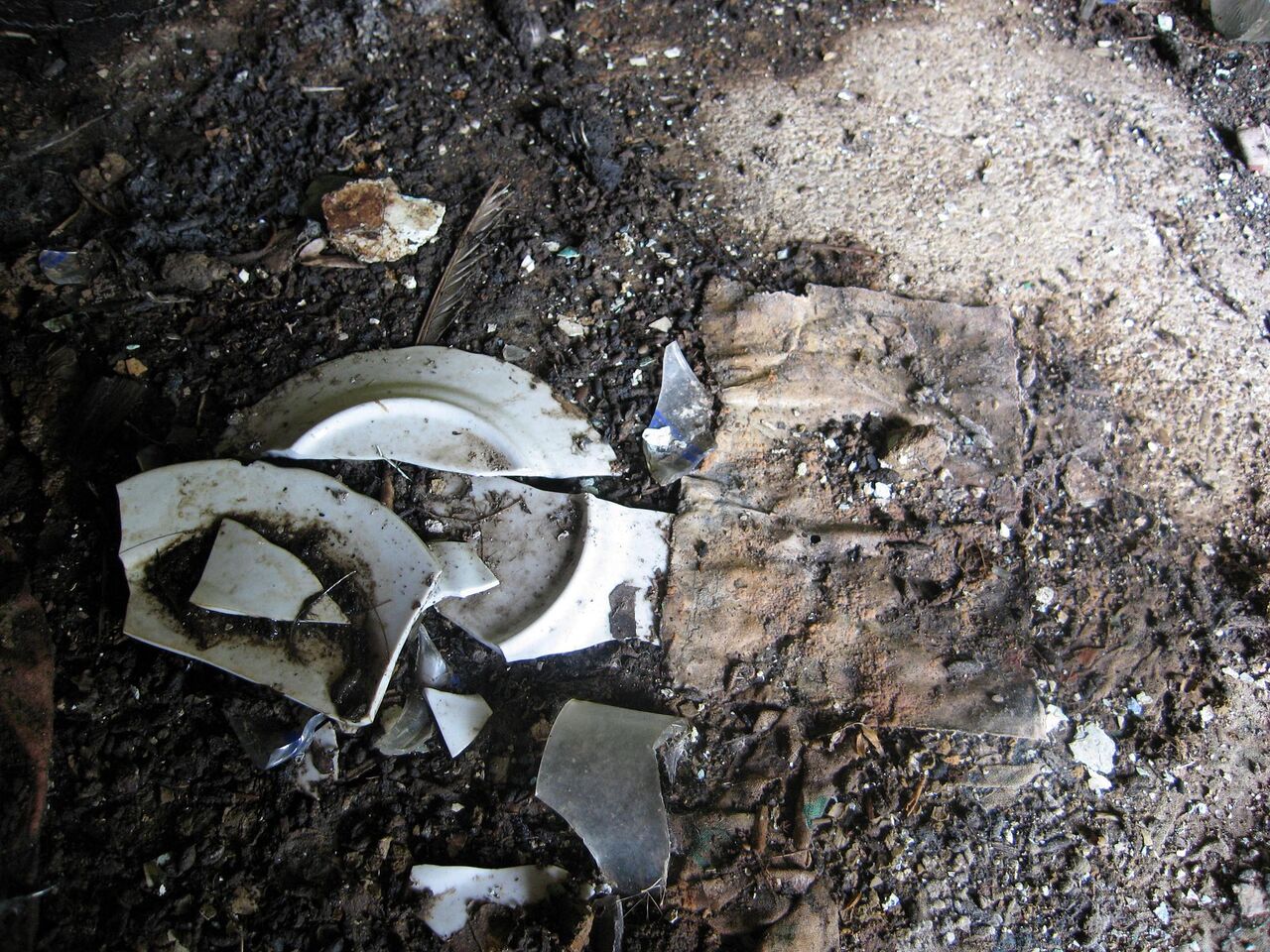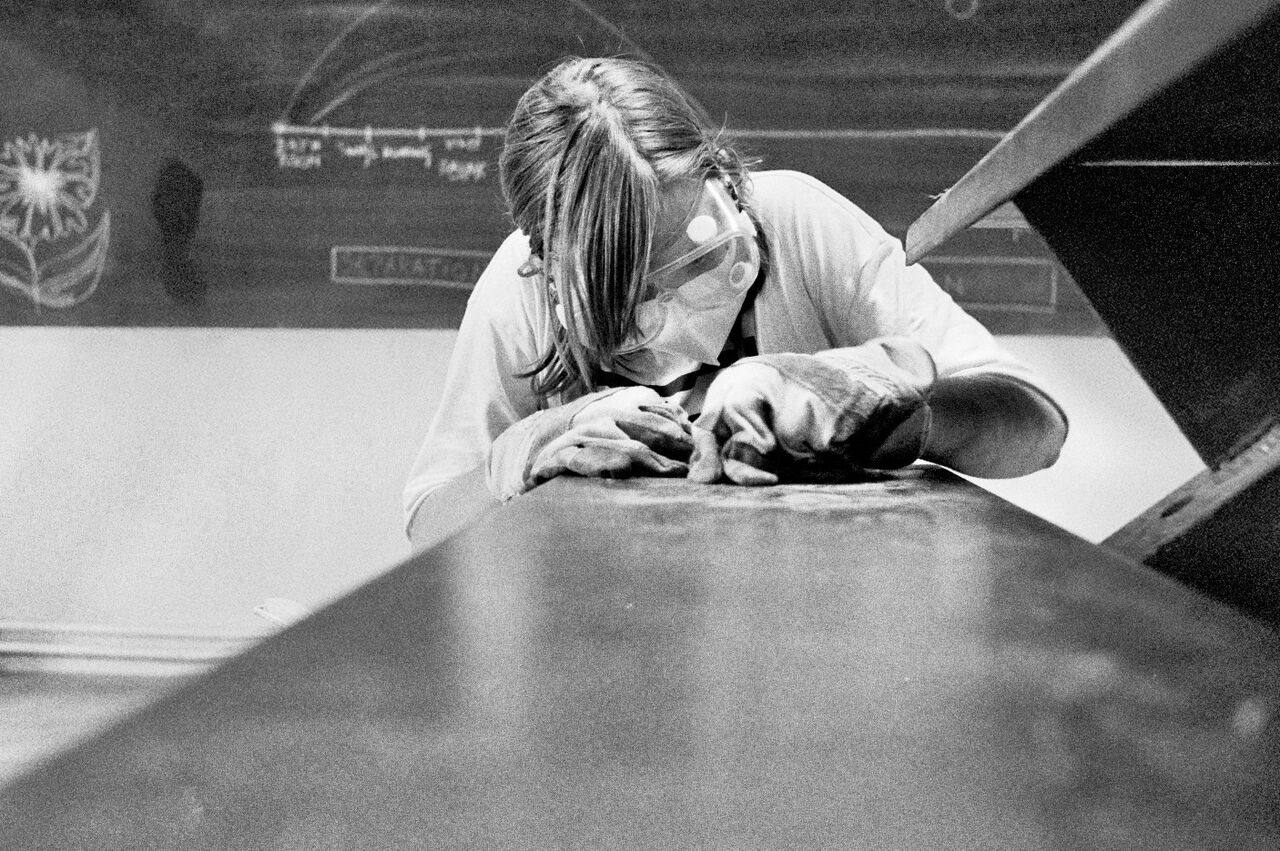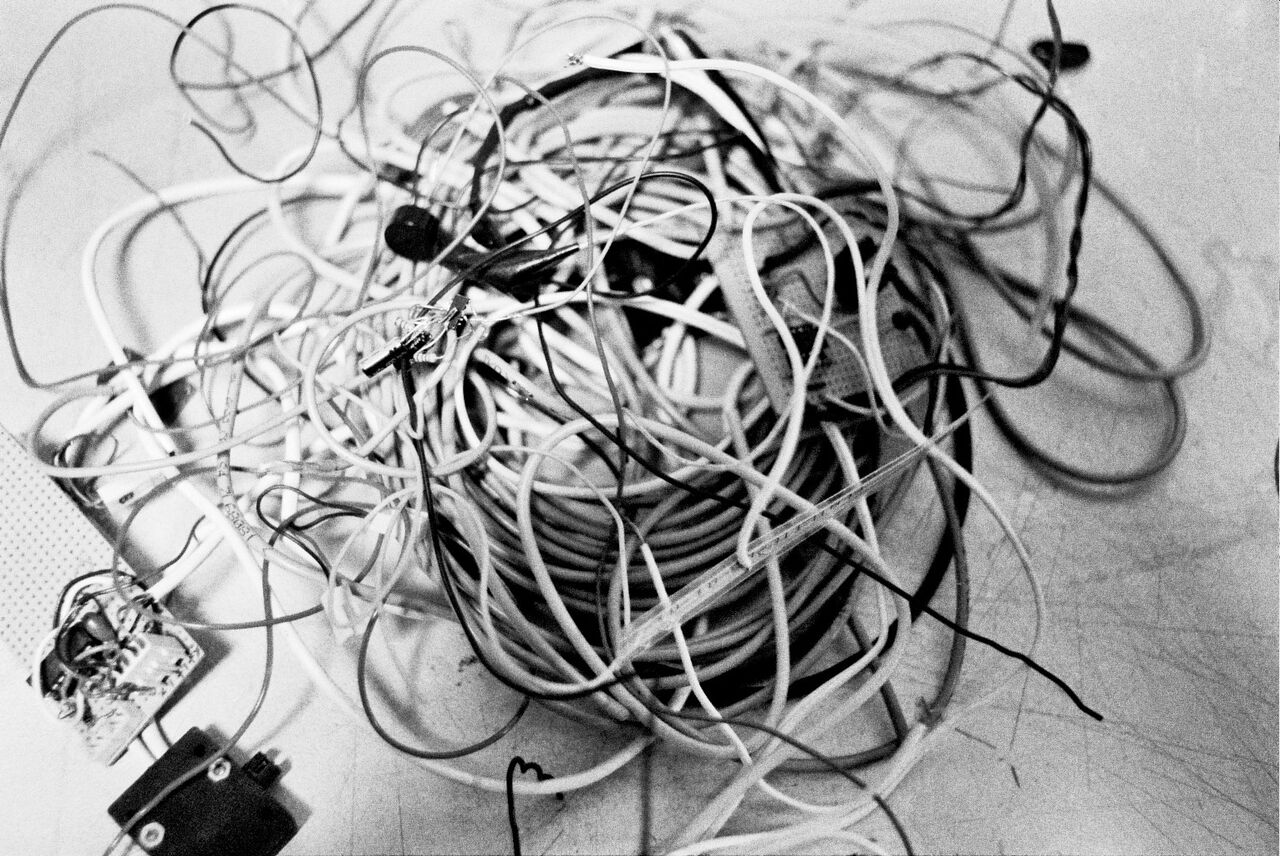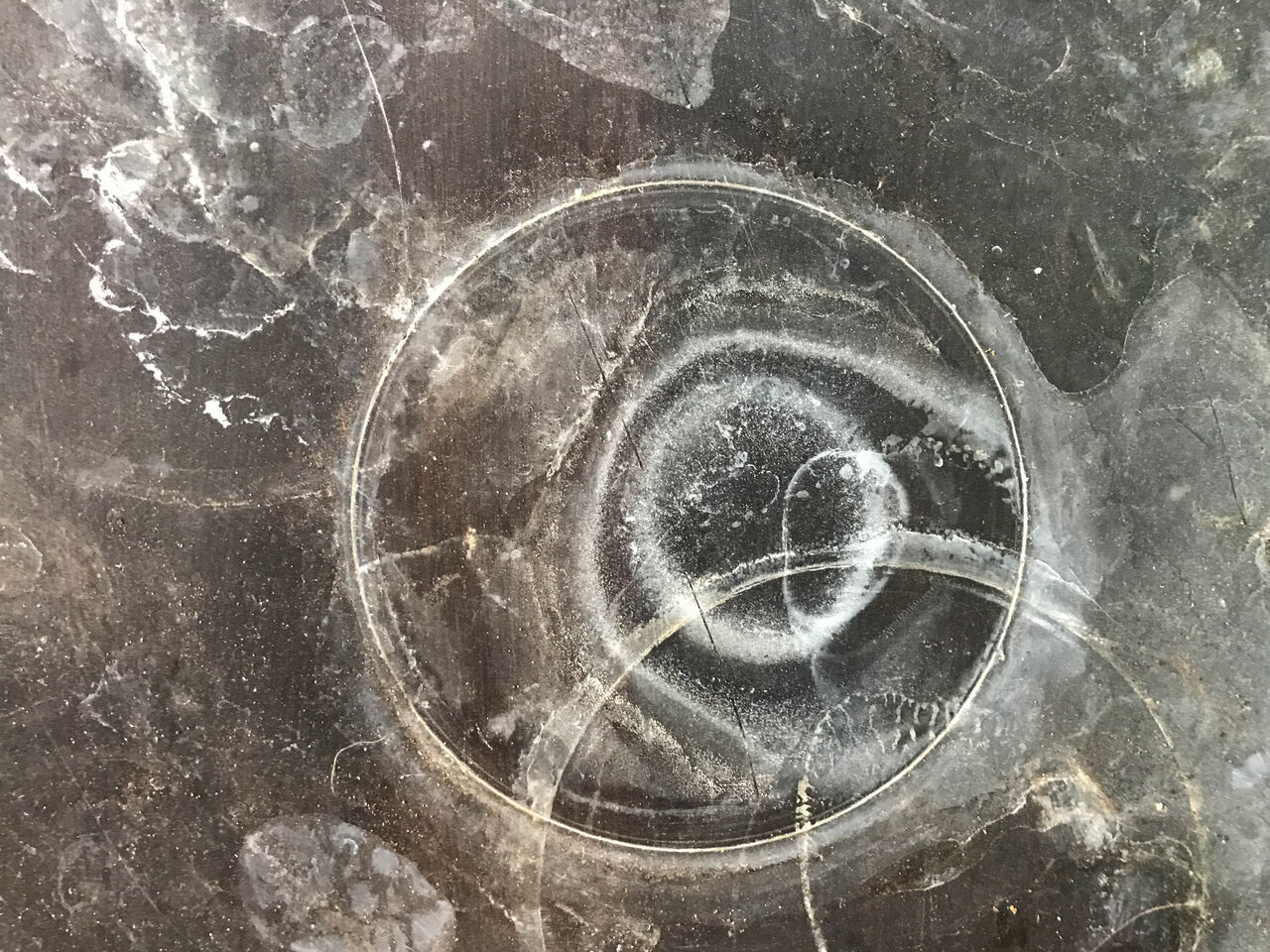Repair!
The restoration and revitalisation of damaged objects, systems, or structures.
Texts collated by Justin Pickard, images by FoAM
Repair: the sum of corrective measures required to restore a malfunctioning entity to an optimal functioning state. But what defines an ‘optimal functioning state’? And who makes the judgement call? Is this just a question of technical efficiency, or is it more ecumenical, encompassing satisfied (or dissatisfied) users, longevity (will the fix hold?), parsimony, or resilience to future change?

Repair inherits an old and layered world, making history but not in the circumstances of its choosing. It accounts for the durability of the old, but also the appearance of the new. Above all, repair occupies and constitutes an aftermath, growing at the margins, breakpoints, and interstices of complex sociotechnical systems as they creak, flex, and bend their way through time. It fills in the moment of hope and fear in which bridges from old worlds to new worlds are built, and the continuity of order, value, and meaning gets woven, one tenuous thread at a time. And it does all this quietly, humbly, and all the time.Stephen J. Jackson, Rethinking Repair

Who gets to organize the maintenance of infrastructure, and who then executes the work? Who gets cared for at home, and who does that tending and mending? Agreements about what things deserve repair – and what “good repair” entails – are always contingent and contextual. If we wish to better support the critical work performed by the world’s maintainers, we must recognize that maintenance encompasses a world of standards, tools, practices, and wisdom. Sometimes it deploys machine learning; other times, a mop.

… I can say that breakage is just a way of changing things and seeing what happens next. A failure, an accident, a breakdown is a new beginning and a liminal point of assessment. It is like an adventure: an intense exploration in which we move away from a centre, going east, going south, going off, breaking through, and feeling the adrenaline rush from ‘being in the edge’.[...]
The full importance of repair surfaces during moments of crisis, when things cease to function as they used to and the prevailing notion of normality is interrupted. Making amends facilitates adaptation to changes and also helps to reconstitute and heal after wrongdoing.
Francisco Martinez, Insiders’ Manual to Breakdown.

If we embark on a repair ourselves we engage with the thing in all its complexity and get to know it in a different way; we get inside it, beyond the veil of its outward appearance that makes a smooth unitary thing of all its inner workings. As we become more intimate with it as an object with an interior and invest our labour in it, we make it ‘ours’ in a different way than when we just buy and use it. We have to get inside the music player, understand the seams and stitching of the trousers, and distinguish the moving parts of the bicycle. Our eyes and our fingers touch the parts of the object that we’ve not seen before as we get to know the thing; the materials it is made of and their properties, the interaction between parts and their workings, the way it was made.

Understanding repair as design, and designing for repair, means letting go of the aspirations for sleek, seamless, and human-centered forms. It means embracing bricolage and remix as we design for uncertainty and complexity in more-than-human systems. It means designing sometimes unfashionably, often cautiously, with a view to intergenerational equity and the multispecies “earth-repair” that might reframe the relationship between ecology and economy. It means prioritizing mending over marketing. It means challenging the relationship of designer (in a studio or office) to a worker (in a workshop or factory) in order to value the labor that goes into repairing the world. It may mean choosing not to design anything at all.
Alexandra Crosby and Jesse Adams Stein

Repair is a form of recuperation, passing through and carrying out, a way of lending continuity to discontinuity, an ongoing rework of differences.

🍂
Further reading & references